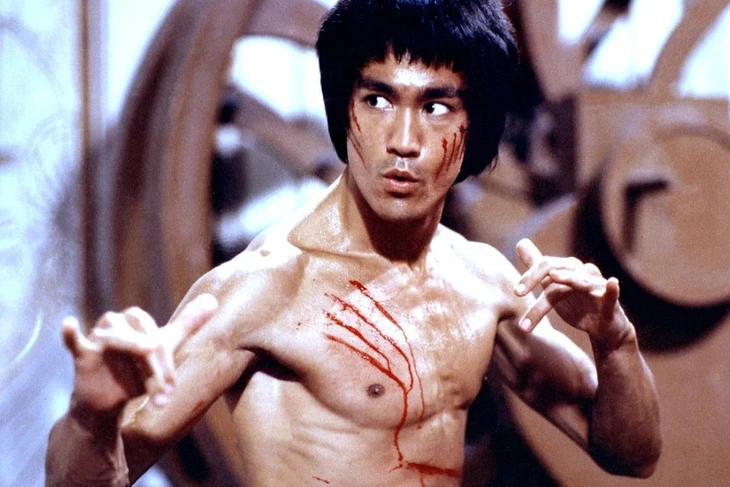
Bruce Lee and Kim Dung are two names that symbolize Chinese kung fu - Photo: CN
In the treasure trove of traditional Chinese martial arts - commonly known as kung fu, most martial arts have more cultural, philosophical and performance value than practical combat value.
However, there are still some outstanding kung fu styles with fighting philosophies similar to modern martial arts, breaking out of the familiar "dogmatic" framework of traditional martial arts.
Below are 5 kung fu styles that have long been voted by Chinese experts, magazines, and fans as the most practical in the thousands of years of traditional Chinese martial arts.
Tan Da – China's "modern martial arts arena"
Sanda was formed in the 1960s–1970s when China began to standardize martial arts for competitive fighting.
Tan Da inherits the essence of traditional boxing combined with boxing, Muay Thai and military grappling techniques.
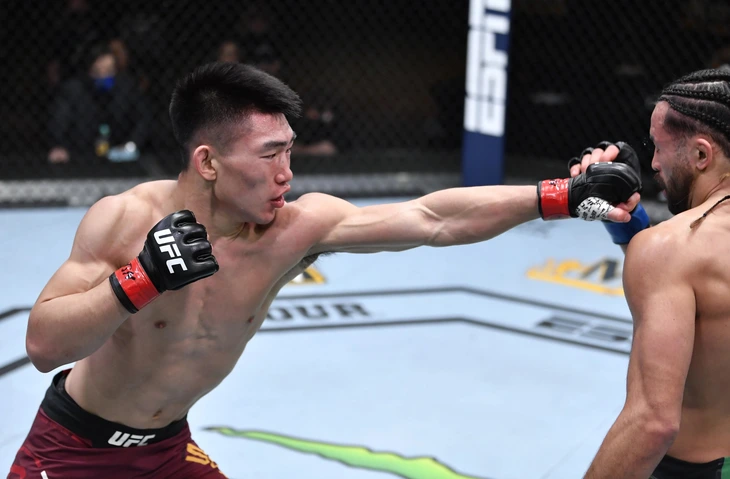
Most Chinese MMA fighters learn Sanda - Photo: PA
In Chinese military training materials, Sanda is described as a “comprehensive fighting system” that includes punching, kicking, catching, and throwing. This allows fighters to attack from a distance, get close, and then finish by taking down or throwing their opponent out of the ring.
The superiority of Tan Da lies in the fact that this subject requires students to spar (real combat) right from the beginning. Therefore, skills do not lie in beautiful movements, but in the ability to withstand blows, maintain breathing, read distances and react.
Many Chinese fighters who entered MMA (mixed martial arts) competitions came from Tan Da, including famous ones like Cuu Cuong, Truong Thieu An and some young fighters in the Chinese MMA wave.
This is a clear demonstration that Tan Da is not just “kung fu show”, but a combat system with real-life proven results.
Suat Giao – the root of the battlefield
Shuai Jiao is an ancient wrestling style with a history of more than 3,000–4,000 years, recorded in the books “Warring States Policy” and “Han Shu”.
In ancient armies, Suat Giao was used to train soldiers on the battlefield to quickly throw opponents and control the center of gravity. Unlike modern freestyle wrestling, Suat Giao focuses on standing wrestling, in which the practitioner grabs the shirt, locks the joints, then uses the hips, shoulders and transfers gravity to throw the opponent.
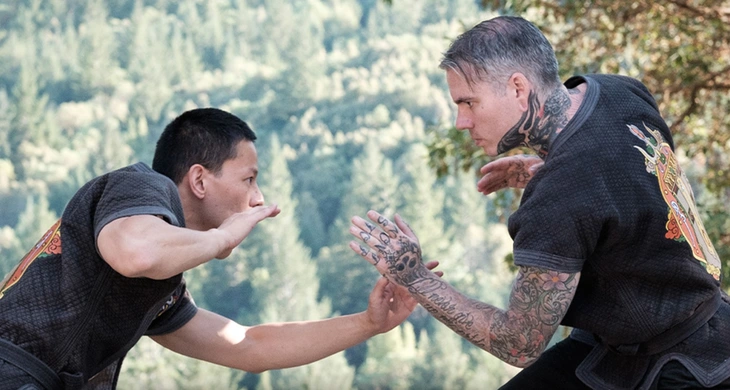
Suat Giao has 4000 years of history - Photo: PT
In actual combat, being able to knock down an opponent is a great advantage, especially when the opponent has not yet had time to launch the next attack. Therefore, Suat Giao is considered the "backbone" of many Chinese martial arts.
Even in Tan Da, the wrestling part is directly inherited from Suat Giao. Many Chinese military martial arts instructors once commented: “Those who know how to wrestle always have an advantage over those who only know how to punch and kick.” This explains why Suat Giao holds a high position in the combat system.
Wing Chun – practical in close quarters
Wing Chun originated in Guangdong in the late 18th century, and was at one time considered a symbol of modern kung fu.
What makes this sport highly regarded in real combat is its close combat ability, where strength and speed of attack determine the outcome.
Wing Chun emphasizes three elements: the center line, short straight strikes, and simultaneous attack and defense.
Many documents of the school clearly state the motto of Wing Chun: "No beating around the bush, no redundant movements, every movement serves the goal of defeating the opponent as quickly as possible."
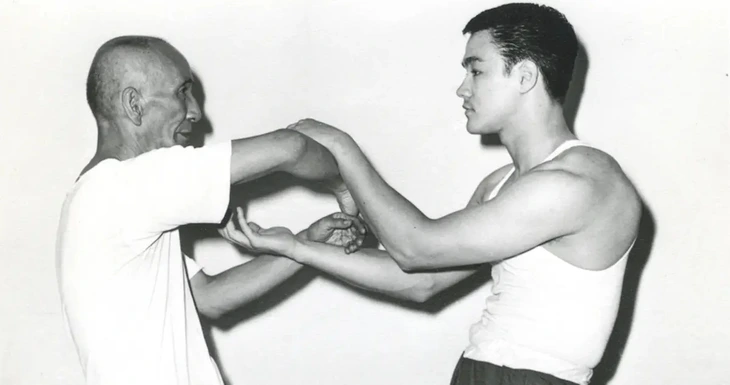
Bruce Lee and Ip Man - Photo: CN
The limitation of Wing Chun is that if the student is not trained in sparring, the martial art can fall into the form of "touching hands and dancing moves".
But in schools with heavy sparring and training simulating real-life situations (like the Ip Man and Leung Bok Tang schools), Wing Chun is considered one of the most effective self-defense techniques in confined spaces, such as hallways, restaurants, or when approached unexpectedly.
Lang Quyen Street – speed, angle of attack and breaking position
Lang Quyen was born around the end of the Ming Dynasty - beginning of the Qing Dynasty, imitating the movement of a praying mantis catching its prey.
The technique of this sport emphasizes the seizing of opportunities: using hooks, clamps, jerks, and locks to break the opponent's defense structure and then counterattack quickly. In the school's documents, the phrase that is repeated over and over again is: "Be half a beat faster and you win the whole match."
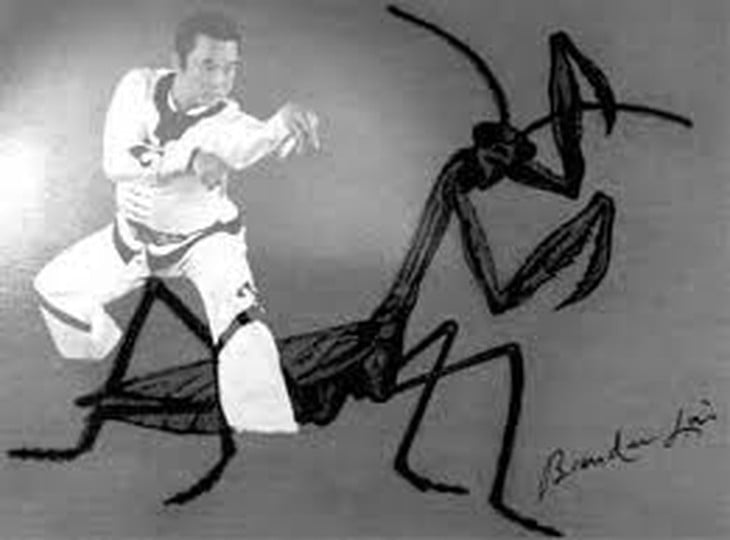
Mantis martial arts is also known as praying mantis martial arts - Photo: XN
The strength of the Lang Path is that it combines boxing with limb control techniques, creating an advantage when needing to neutralize opponents with long arm spans or larger physiques.
Although it appears less frequently in modern martial arts than Sanda or Wing Chun, those who practice Tang Lang "thoroughly" often have the ability to approach the target and disrupt the opponent's rhythm in an extremely annoying way.
Xing Yi Quan – straight line power
Xing Yi Quan is one of the three most famous internal martial arts today (along with Tai Chi and Bagua), but different from the "soft" image, Xing Yi is straight, strong and direct.
Xing Yi's moves are usually less flashy, instead they are straight-forward, pressing the body, and exerting all of his strength in one beat.
It is this that makes Xing Yi called “the right for life and death combat”, because it does not follow the pattern of exchanging blows, but advocates “one blow to finish”.
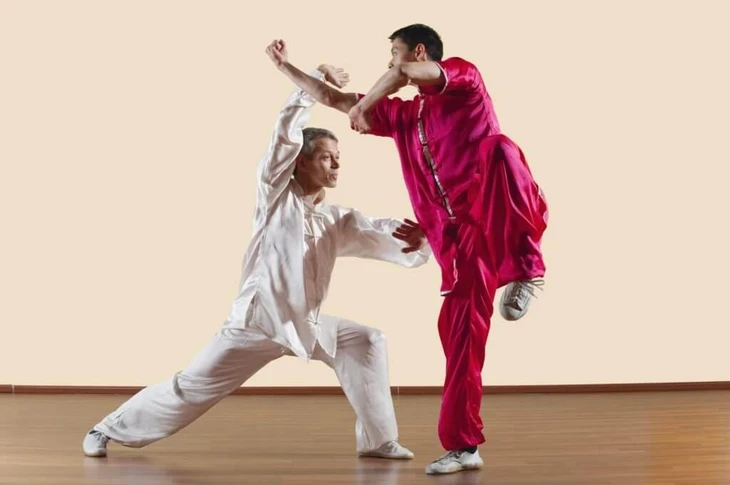
Xing Yi Quan is highly regarded in the kung fu community - Photo: XN
In internal martial arts documents, it is written: "Mind controls the energy, energy controls force, force is sent in one direction." That means the mind controls the energy, the energy controls muscle movement, creating a force that strikes straight through the body.
Xing Yi martial artists often have a fighting style with few movements but put a lot of pressure on the opponent.
The five kung fu styles mentioned above are highly regarded for their practicality because they have one thing in common: they all developed from the need for real combat, not for show.
Tan Da represents the modernization of martial arts and experimental combat; Suat Giao plays the role of controlling the opponent's body; Wing Chun is effective in close range; Duong Lang has speed and breaking the situation; Hinh Y focuses on direct force to end quickly.
Source: https://tuoitre.vn/5-mon-kung-fu-giau-tinh-thuc-chien-nhat-co-thieu-lam-khong-20251025153355678.htm




![[Photo] Nhan Dan Newspaper displays and solicits comments on the Draft Documents of the 14th National Party Congress](https://vphoto.vietnam.vn/thumb/1200x675/vietnam/resource/IMAGE/2025/10/26/1761470328996_ndo_br_bao-long-171-8916-jpg.webp)

![[Photo] Enjoy the Liuyang Fireworks Festival in Hunan, China](https://vphoto.vietnam.vn/thumb/1200x675/vietnam/resource/IMAGE/2025/10/26/1761463428882_ndo_br_02-1-my-1-jpg.webp)


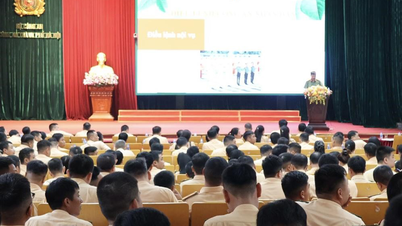


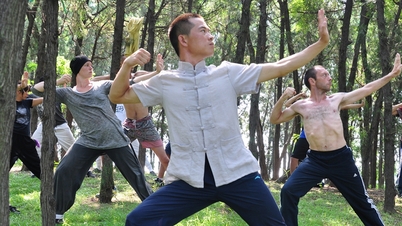


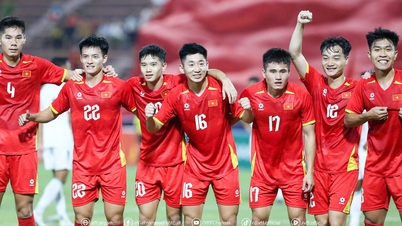





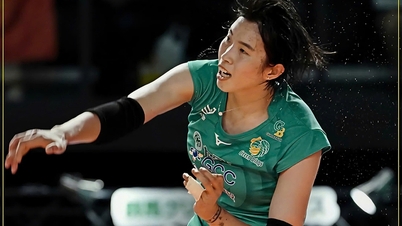








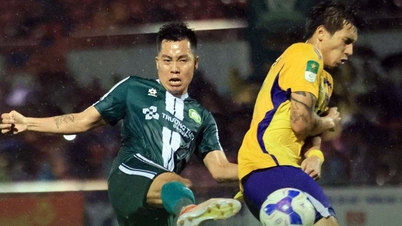
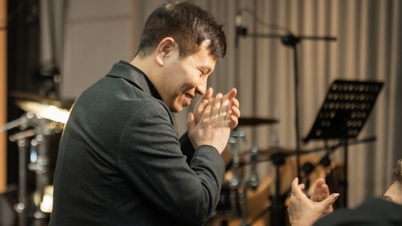
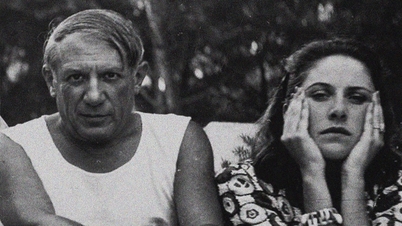
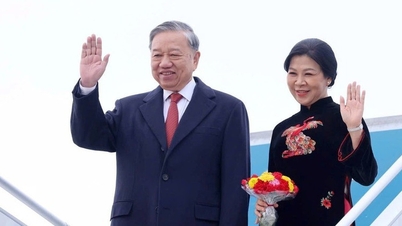
![[Photo] General Secretary To Lam received the delegation attending the international conference on Vietnam studies](https://vphoto.vietnam.vn/thumb/1200x675/vietnam/resource/IMAGE/2025/10/26/1761456527874_a1-bnd-5260-7947-jpg.webp)
![[Photo] Prime Minister Pham Minh Chinh attends the opening of the 47th ASEAN Summit](https://vphoto.vietnam.vn/thumb/1200x675/vietnam/resource/IMAGE/2025/10/26/1761452925332_c2a-jpg.webp)
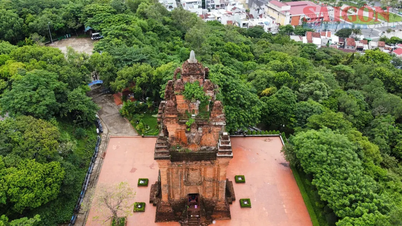







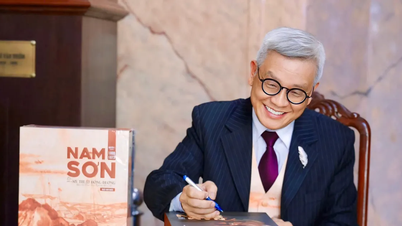



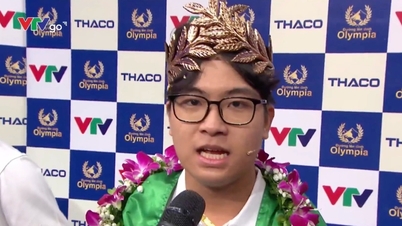





















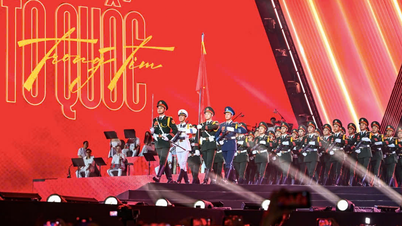

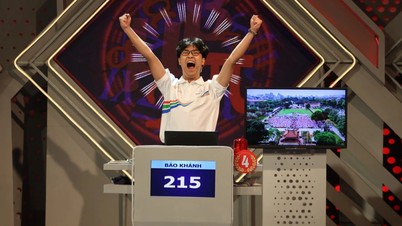
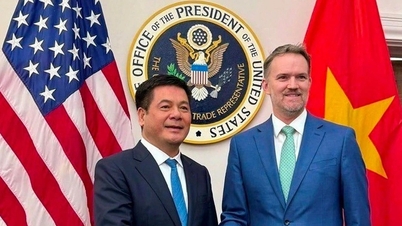
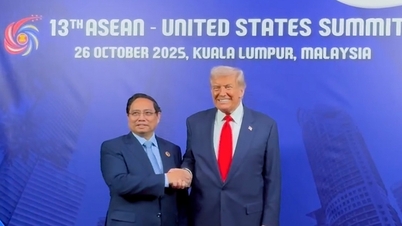
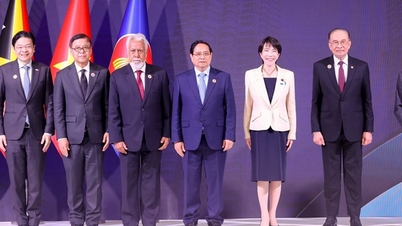

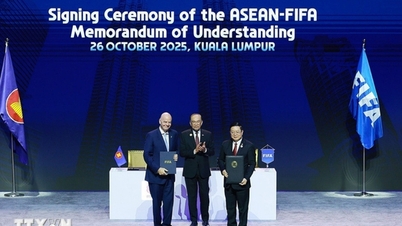

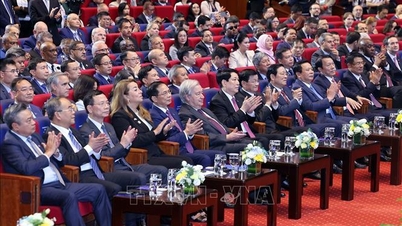

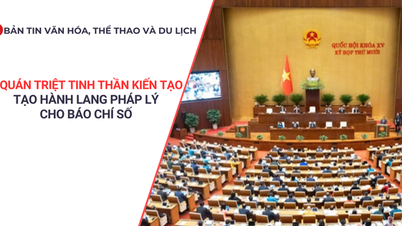
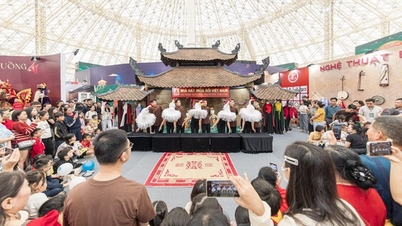





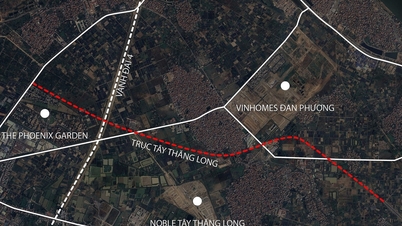





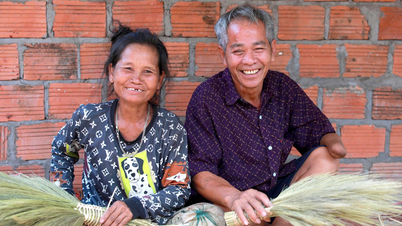












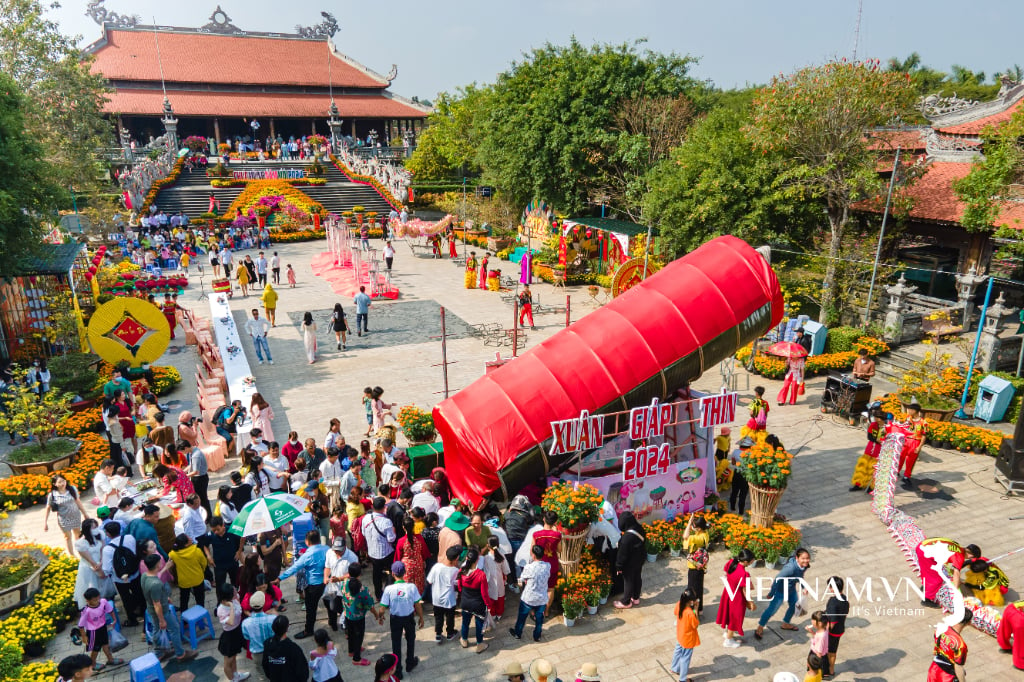
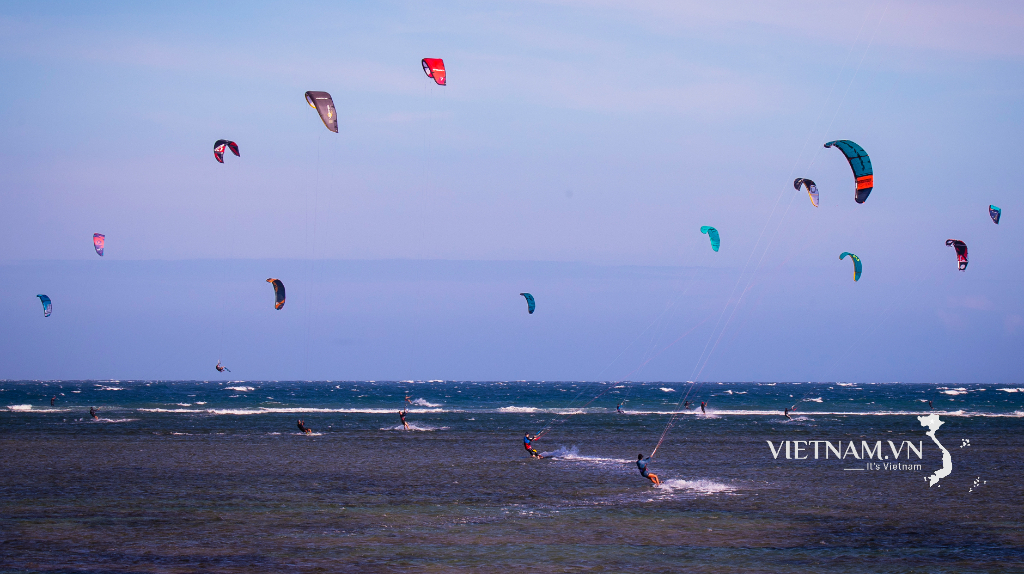
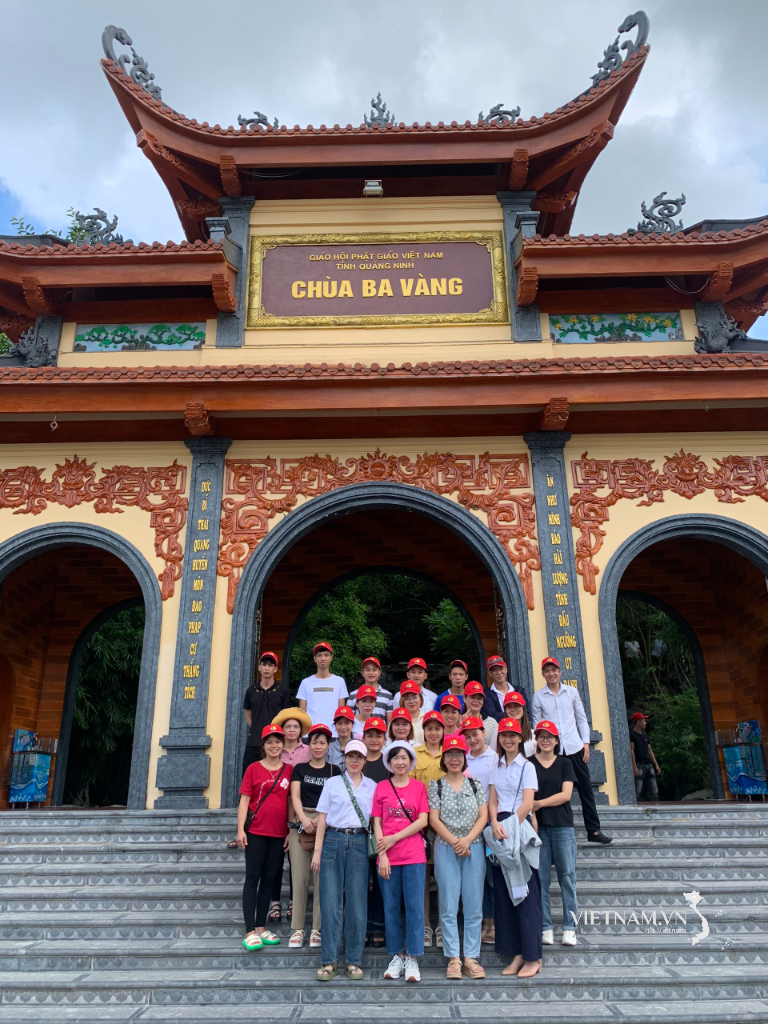

Comment (0)